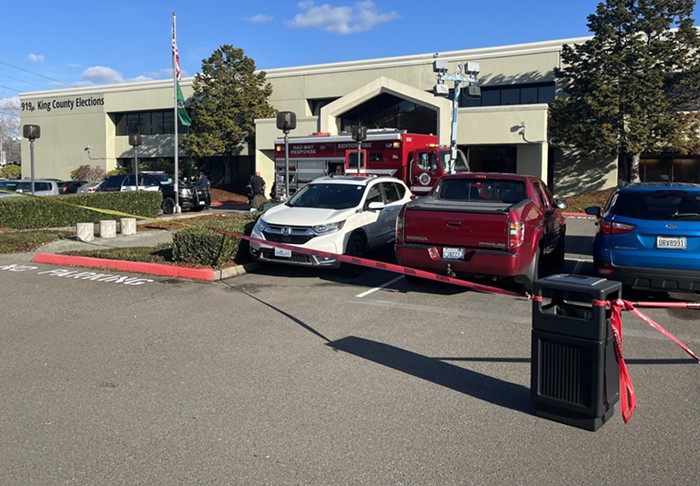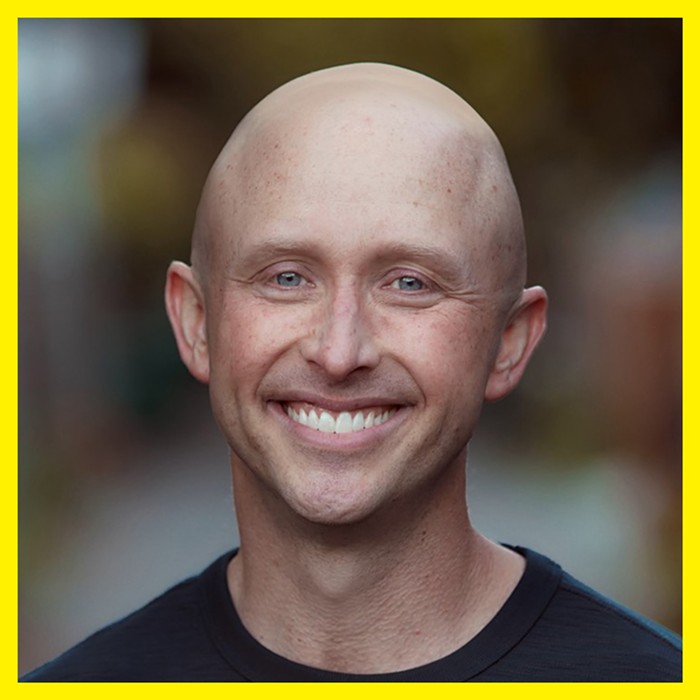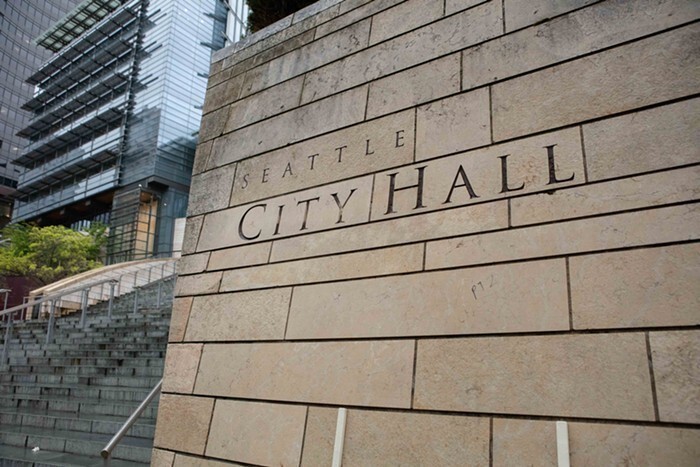
During Seattle’s 2013 general election, voters 65 and older had seven times more voter clout than 18 to 34-year-olds. While 73 percent of registered voters over the age of 65 voted, just 35 percent of voters ages 18 to 34 did so, according to a Portland State University study.
In other words, the data shows that millennials aren’t casting their ballots. College students, as it turns out, appear to be among the worst culprits for nonvoting.
The study accounted for “voting deserts,” or neighborhoods where the turnout was less than half of the citywide average—which was 44 percent in 2013.
Data maps show two distinct clumps of voting deserts, both of which share one glaring commonality. They house Seattle’s two largest colleges: Seattle University and the University of Washington.

Of the 3,462 registered voters in the desert encompassing the Seattle U campus, an average of 12 percent voted in the primary, with a slight uptick to 19 percent voting in the general, the study says. About 45 percent of the nearly 4,800 undergraduates enrolled at Seattle U live in campus housing.
Numbers were even more glaring at UW. Of the 4,170 registered voters in the desert encompassing the campus, only 5 percent voted in the primary, and 9 percent voted in the general election.
31,418 undergraduates are enrolled at UW. About 25 percent—nearly 8,000 students—live in residence halls. In addition, roughly 6,000 students inhabit fraternities and sororities.
While voter turnout in these neighborhoods is low, it’s important to note that people aside from college students live in First Hill and the U-District, and there are likely other factors such as race and income level contributing to the turnout rates in those regions.
But the academic calendar might have something to do with the low turnout as well. The primary election is typically held in early August, and both UW and Seattle U operate on the quarter system, meaning the school year doesn’t begin until the end of September.
In other words, the primary takes place in the middle of summer for students attending one of these schools. This could mean they’re living elsewhere during the summer or simply not paying as much attention to local politics as they would be during the academic year.
The turnout numbers for November’s general election showed a slight uptick in First Hill and the U-District, which could be a result of more students getting invested in politics during the school year.
Just 4.1 percent of Seattleites live in a voting desert, which is lower than that of most major cities. In Dallas, far example, nearly 32 percent of the residents live in a voting desert. It could be considered unique, then, that such a small percentage of Seattleites live in a voting desert, yet the residents who do are designated primarily to college campuses.
Low voter turnout among college students has the potential to impact results in the upcoming mayoral election. Nikkita Oliver is popular among young people, as demonstrated during her victory at Candidate Survivor, while other frontrunners such as Jenny Durkan seem poised to draw out older crowds.


















